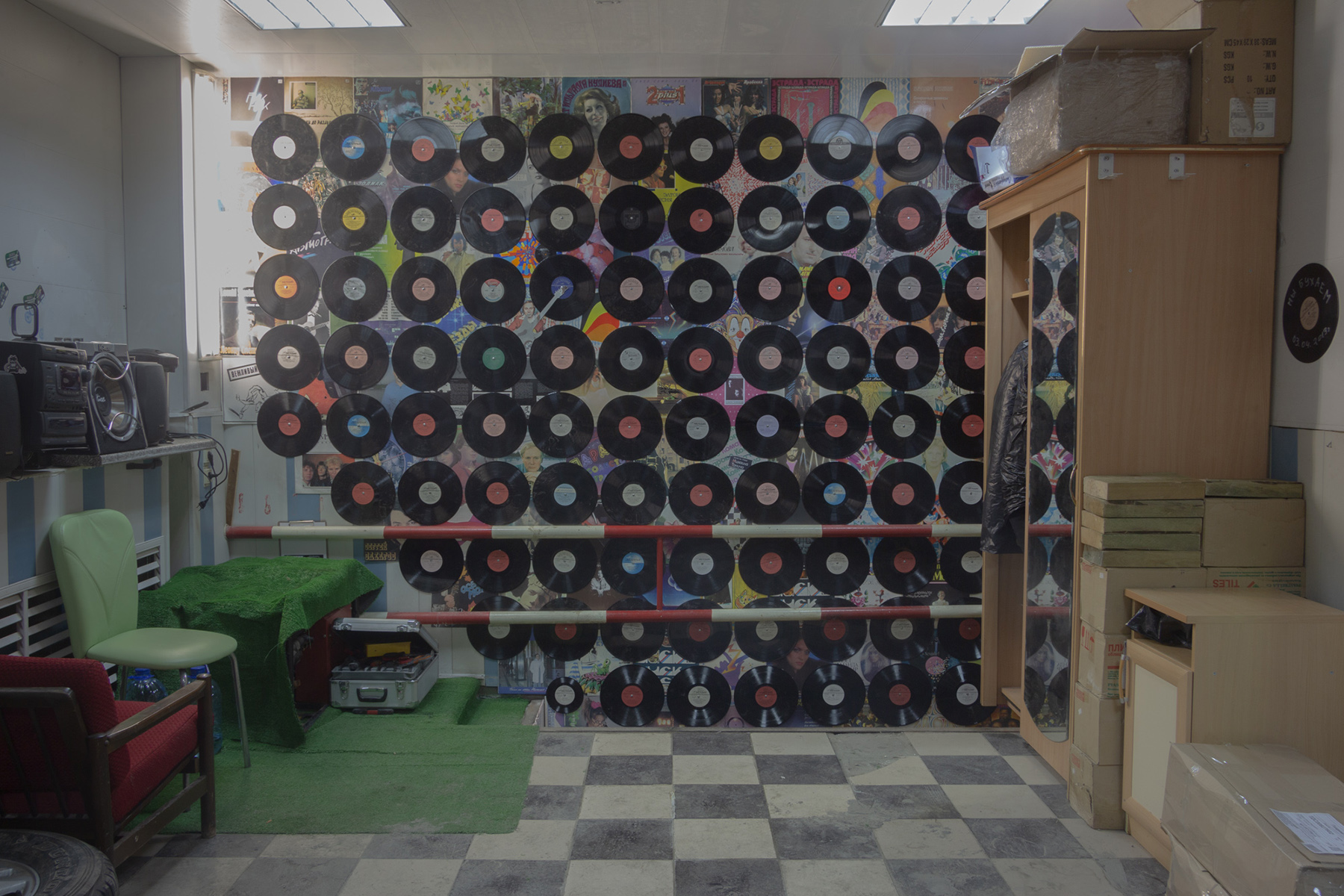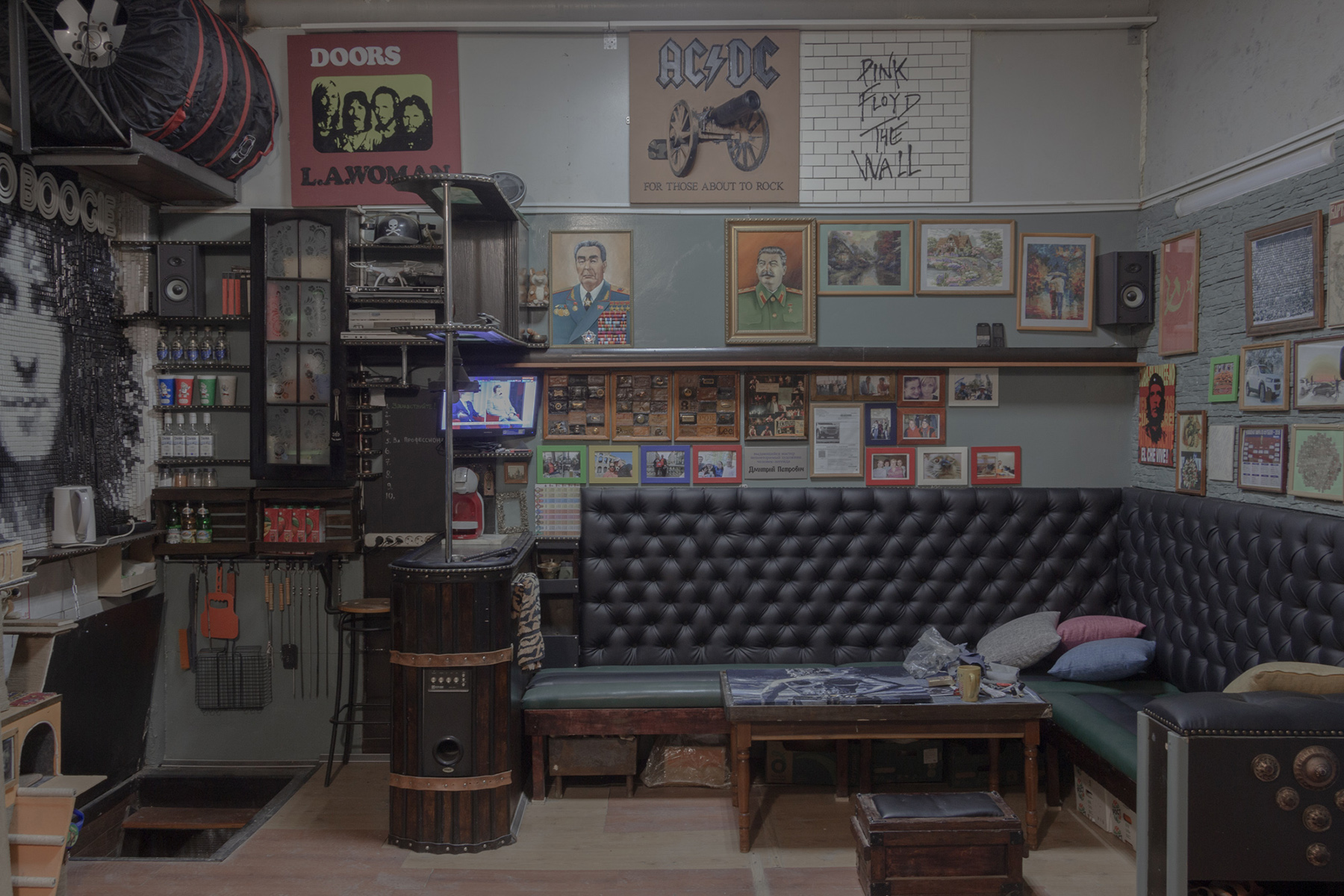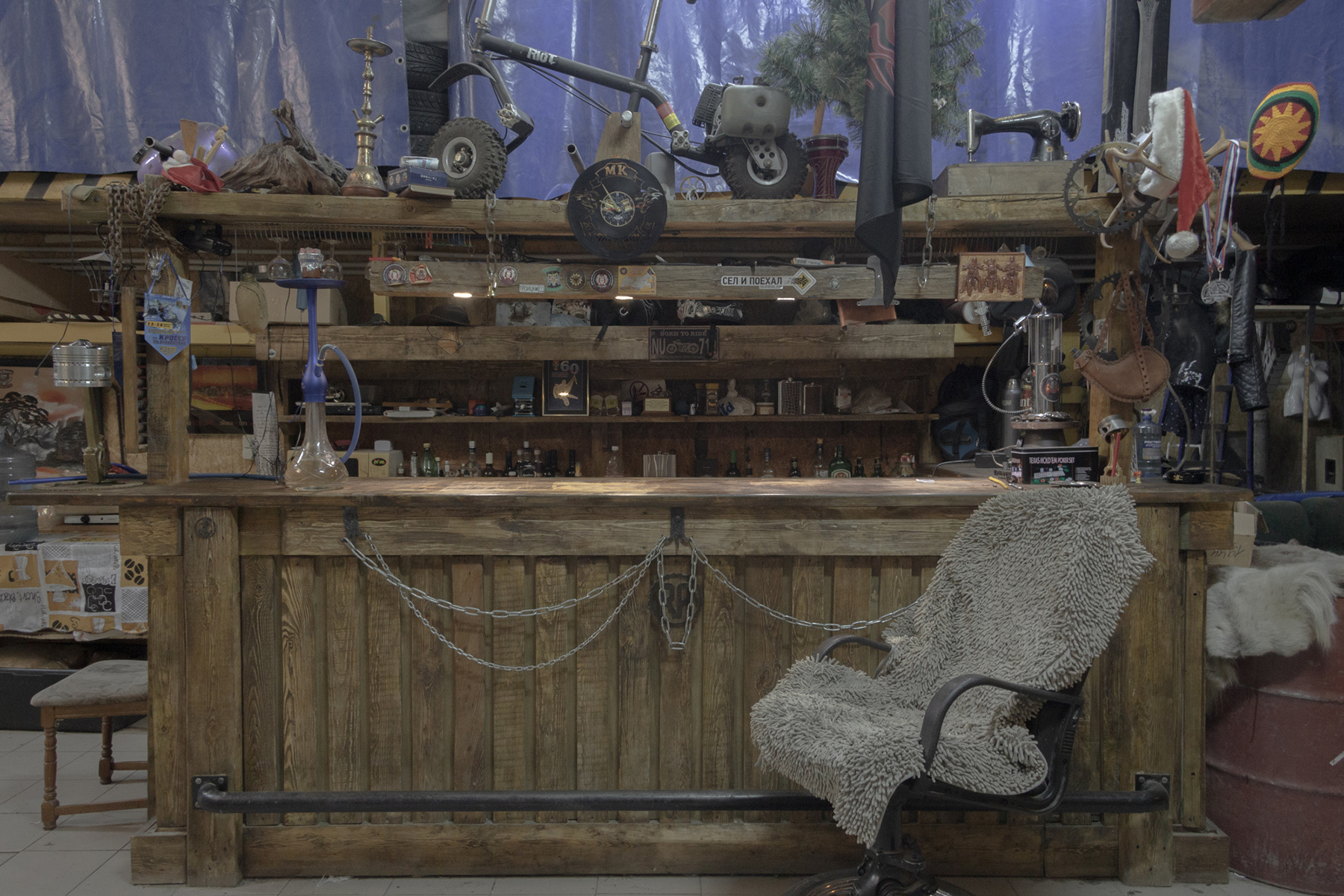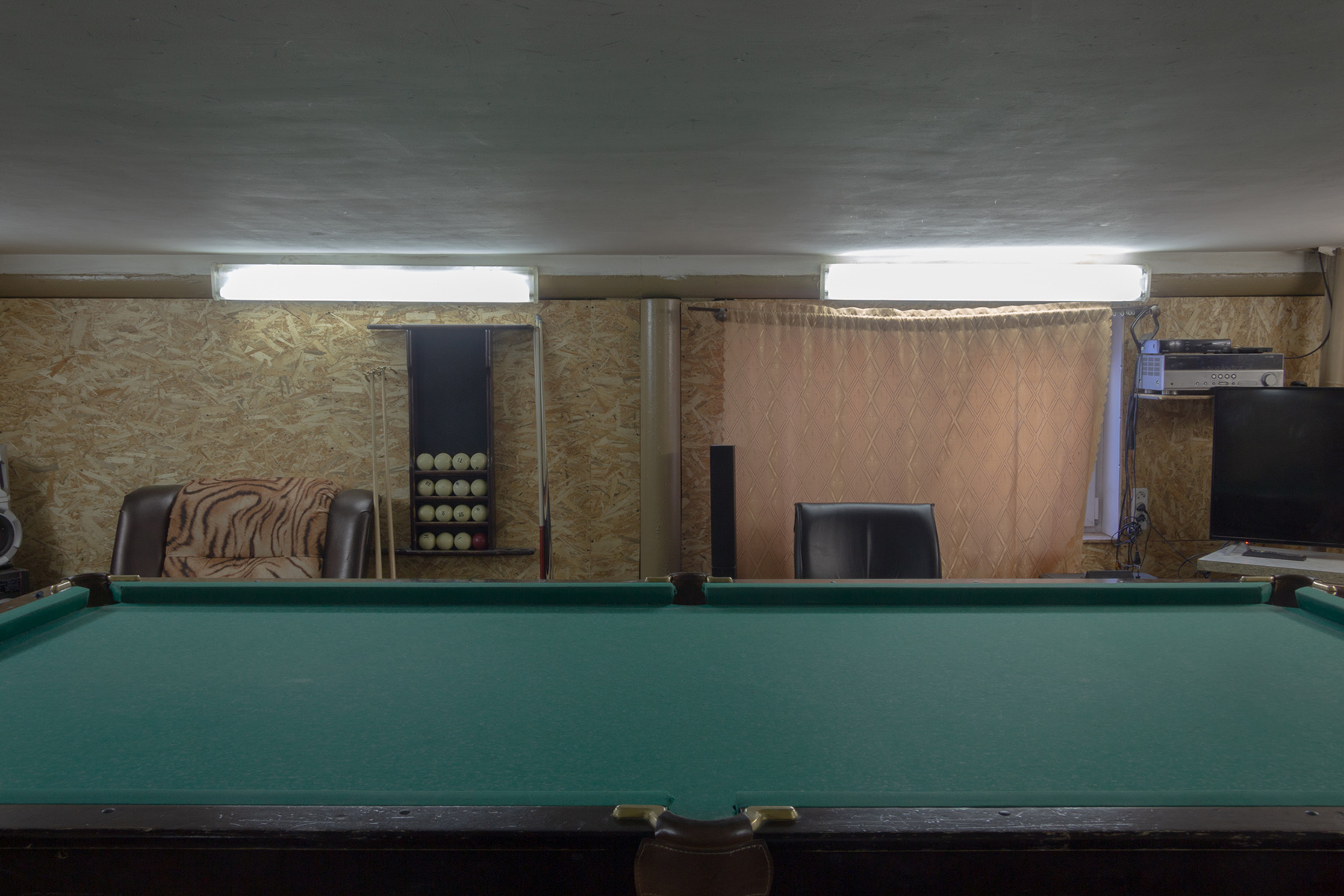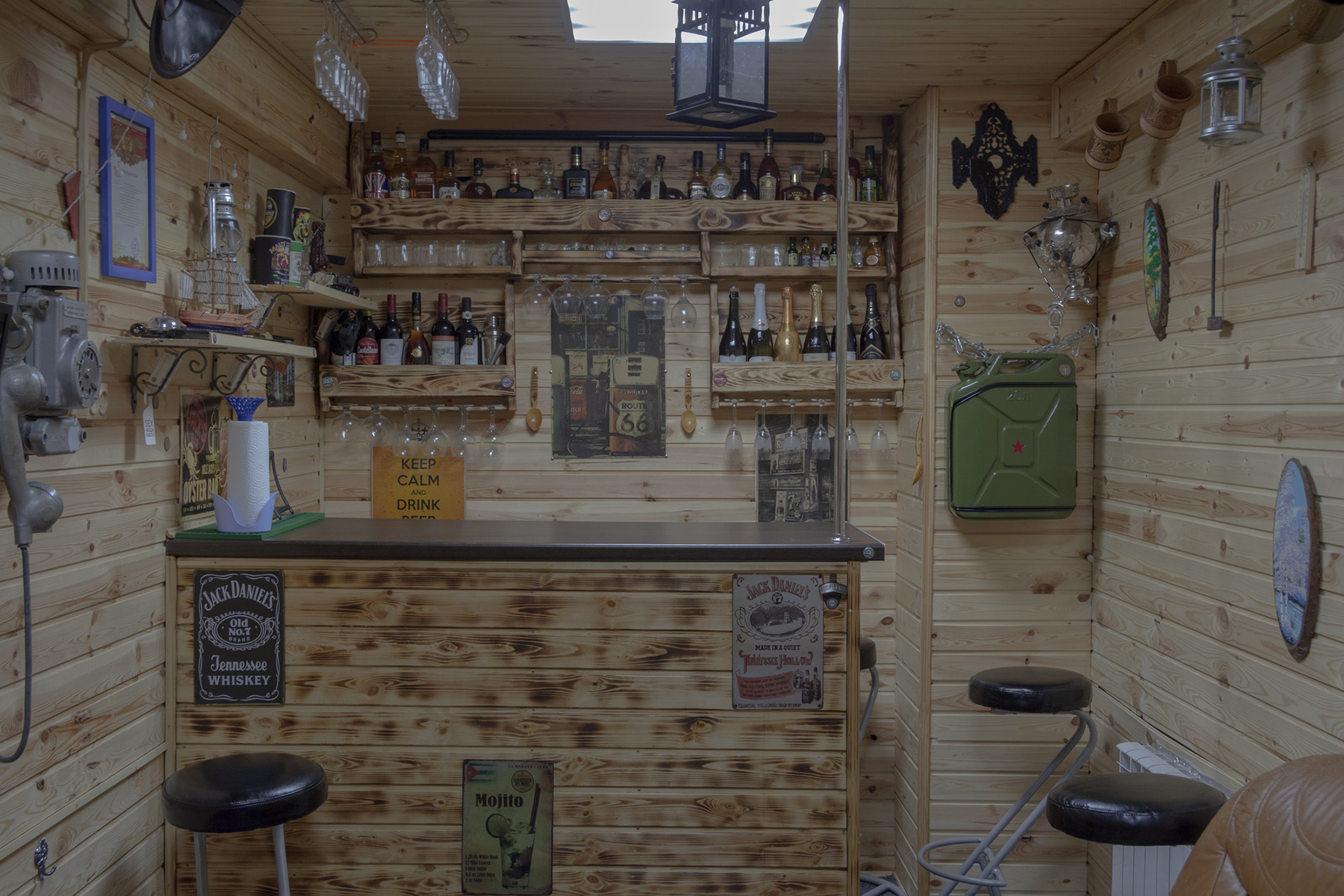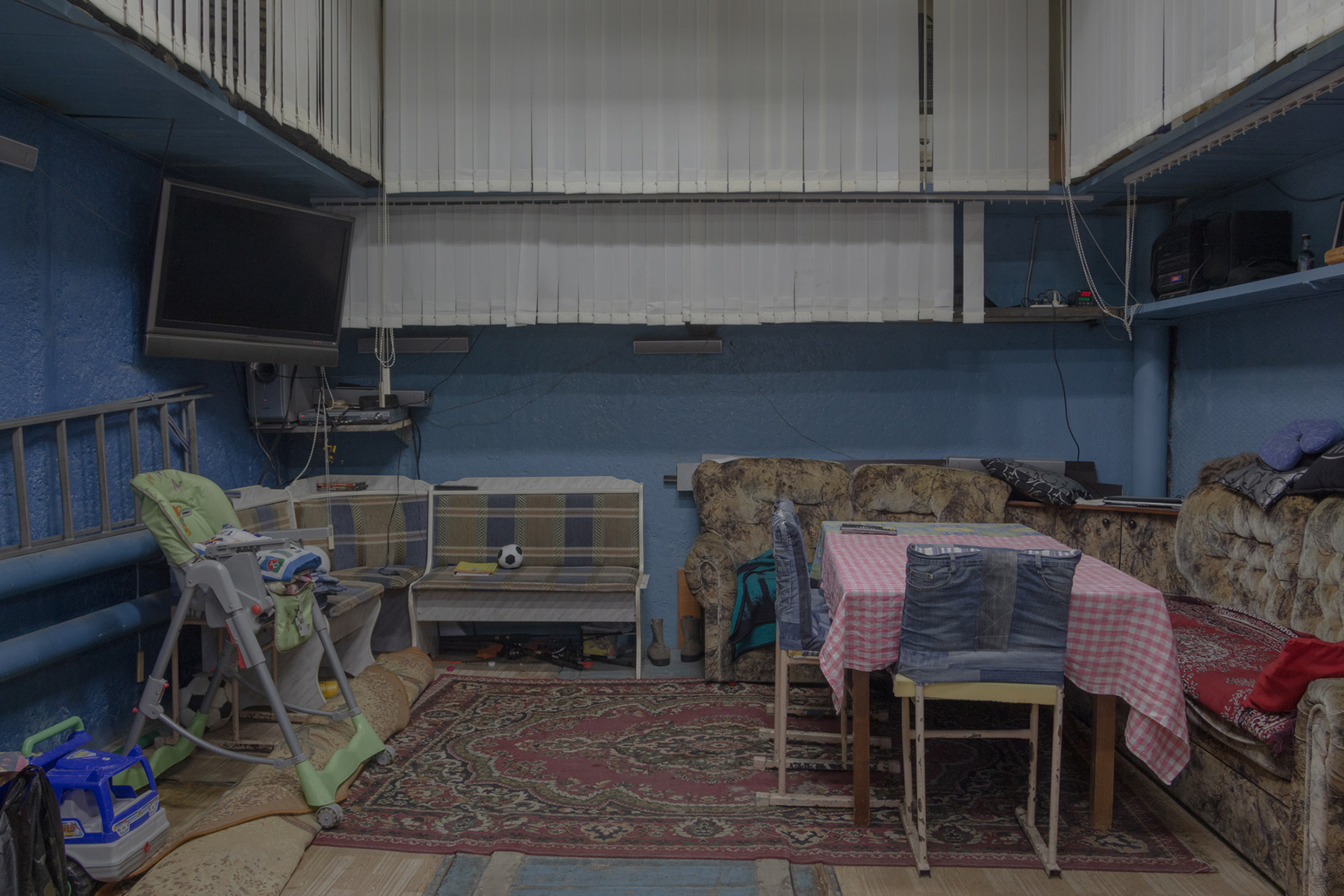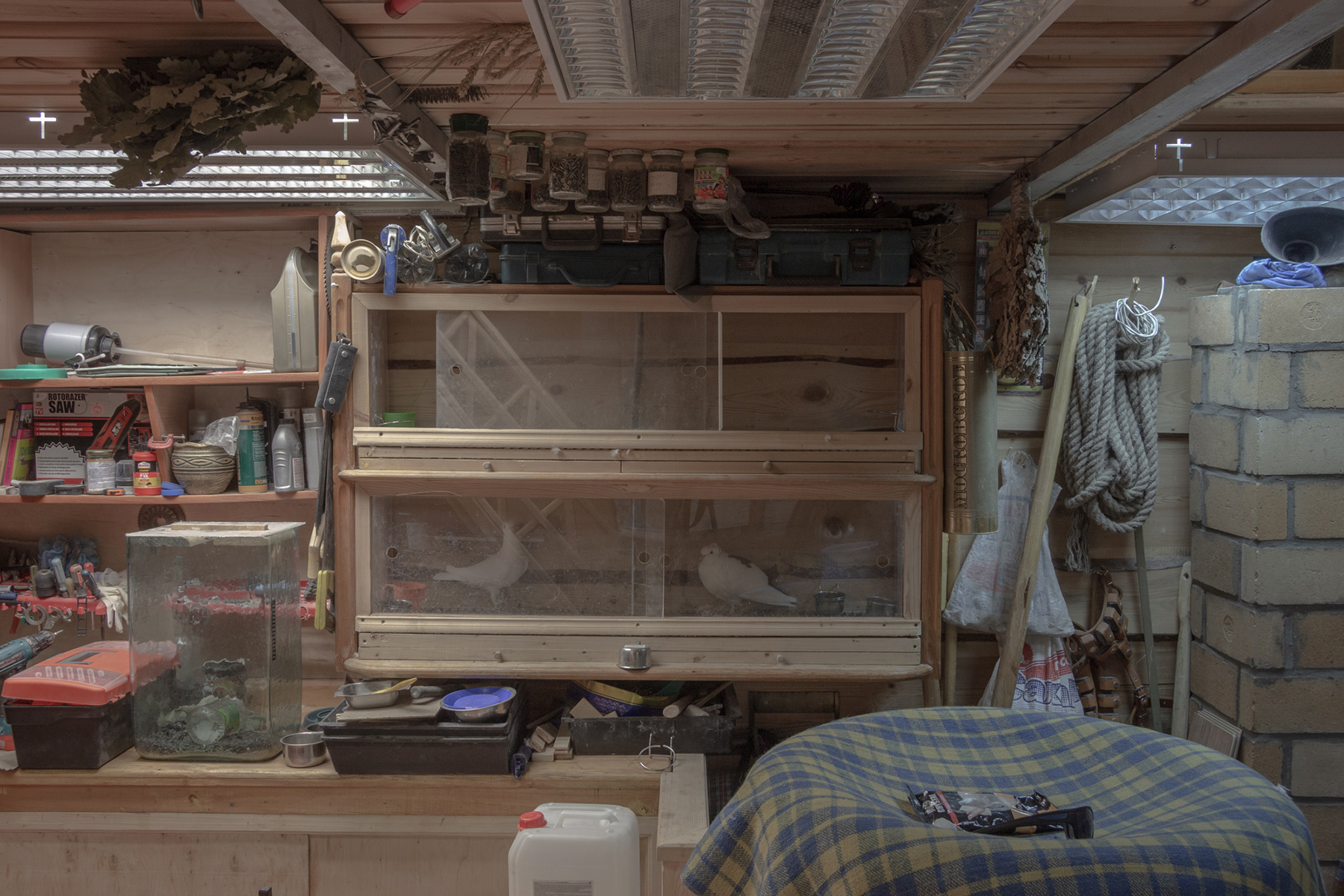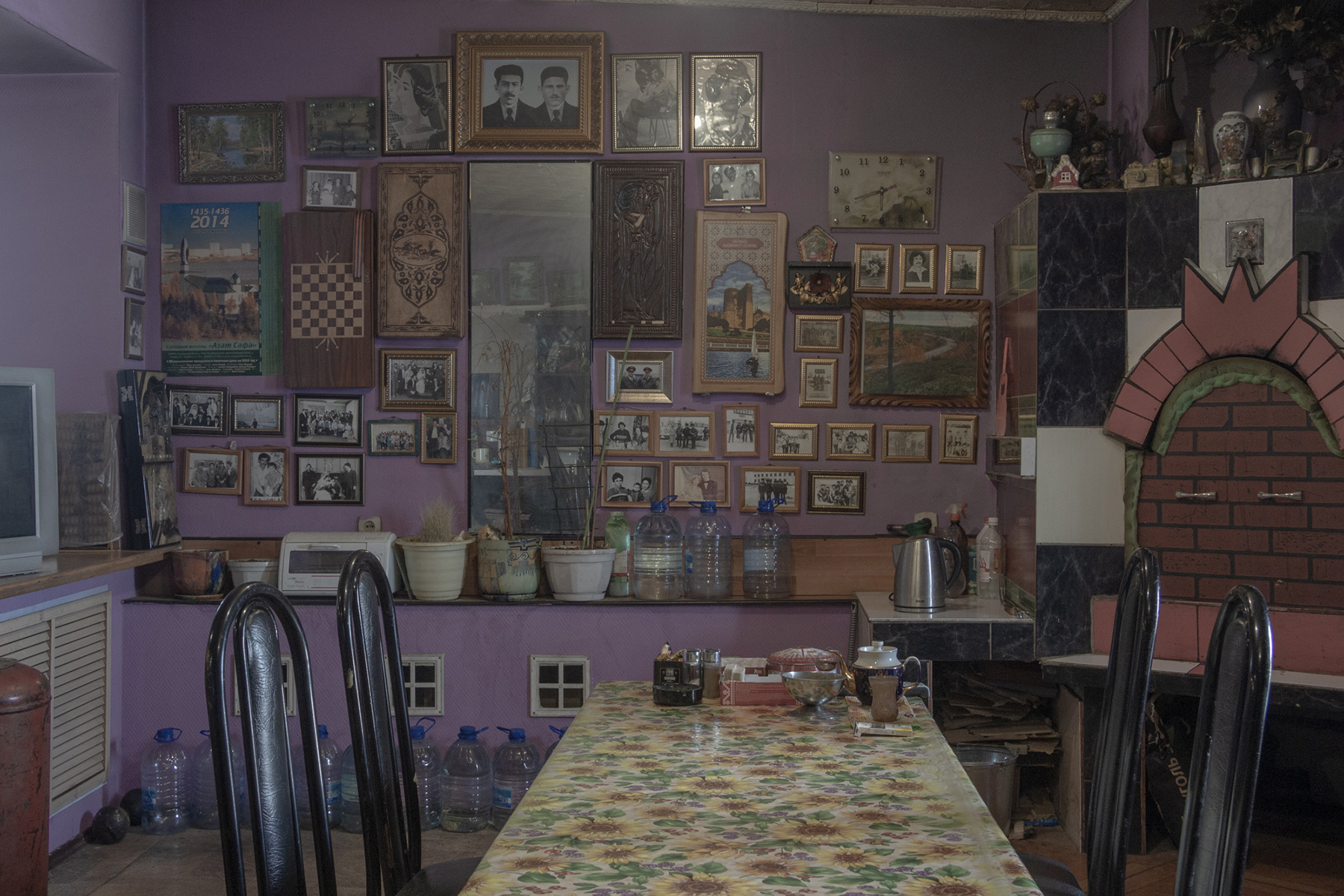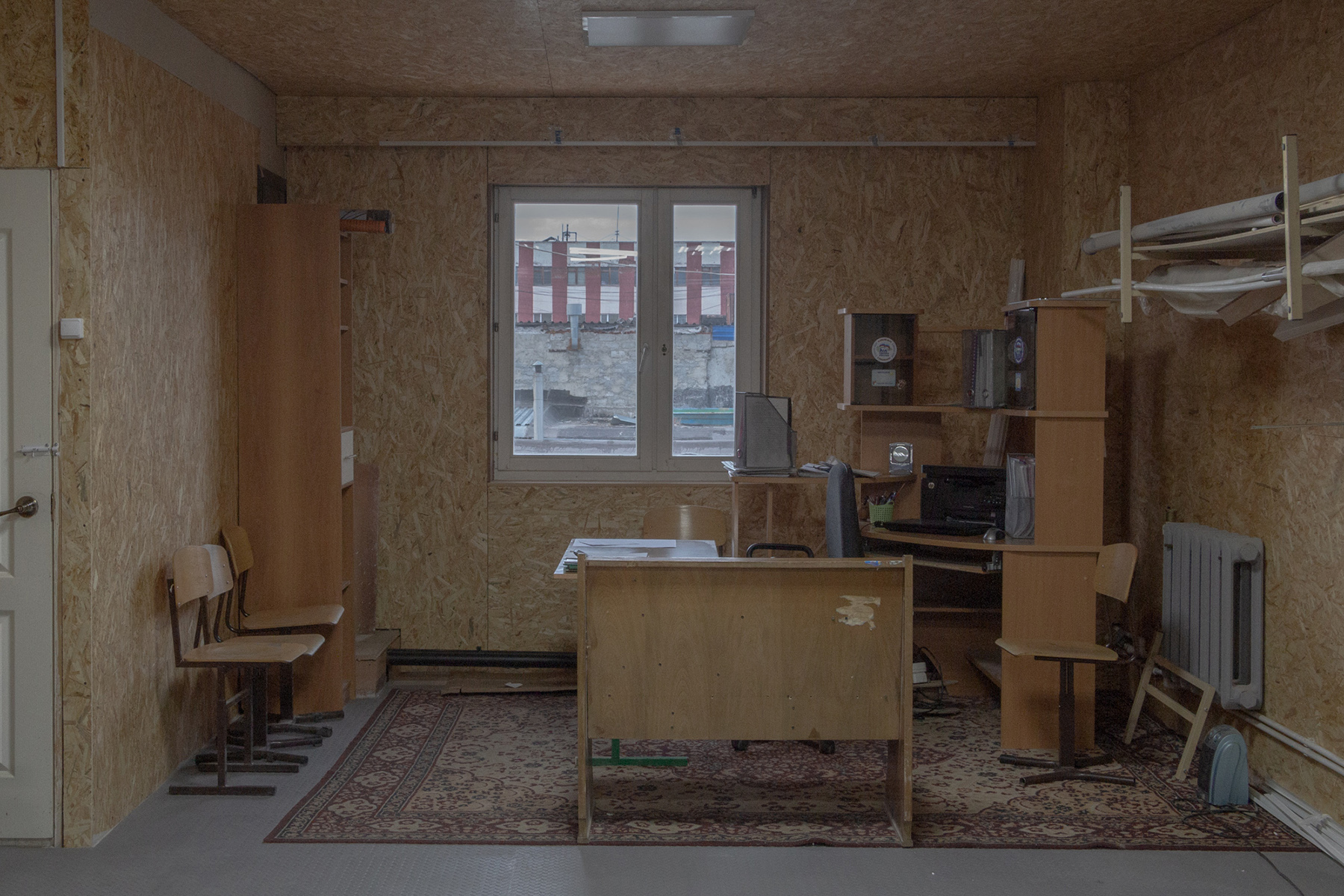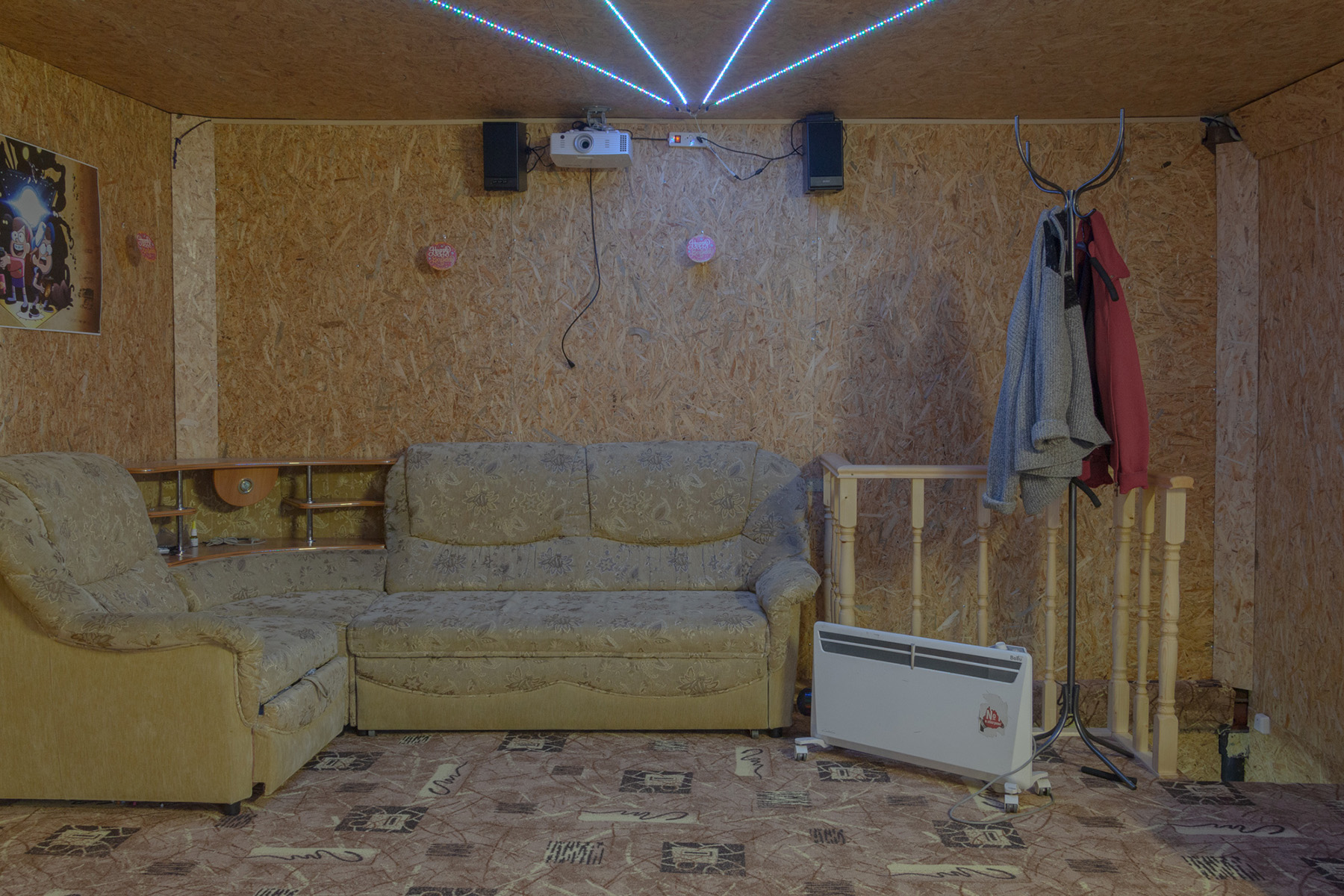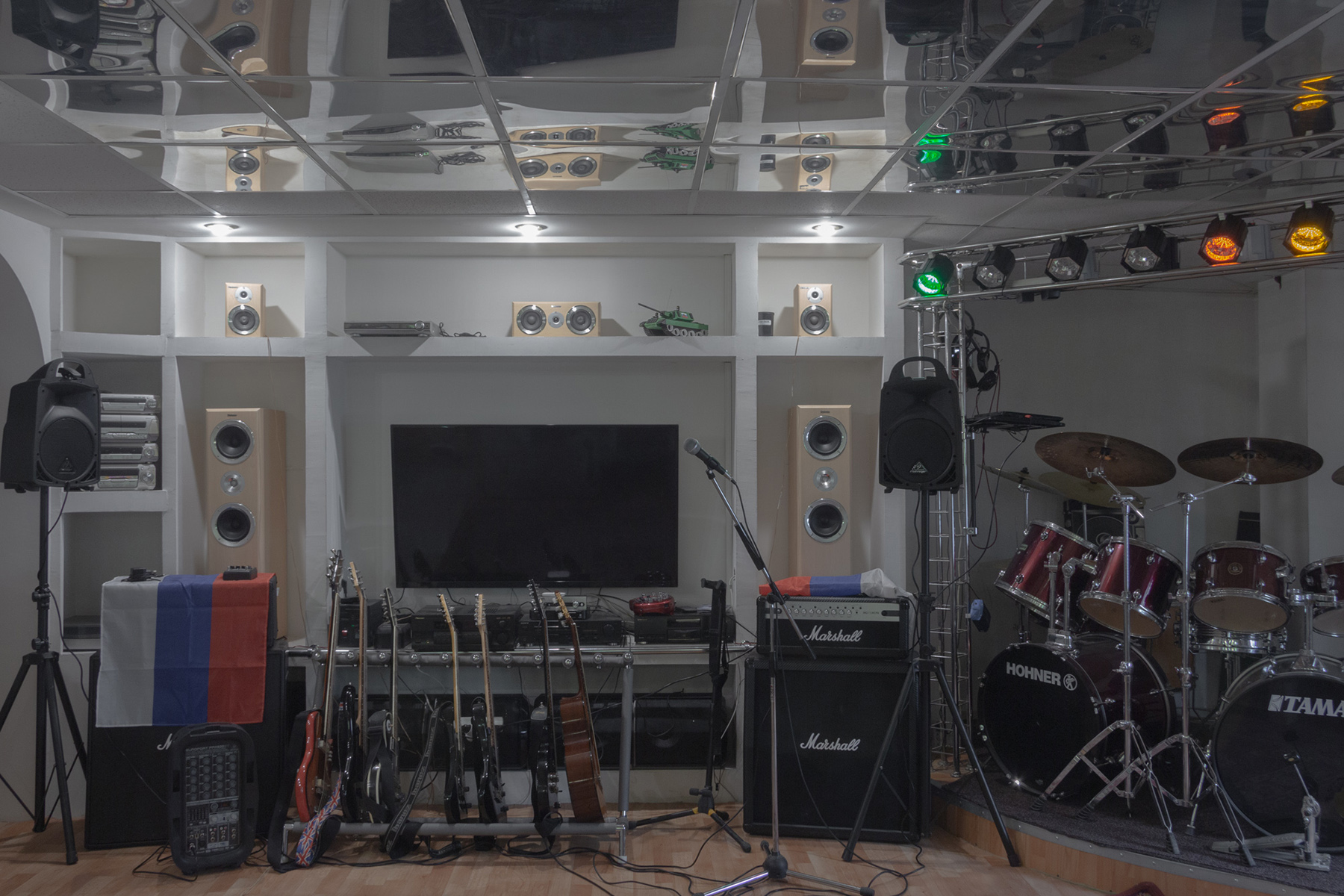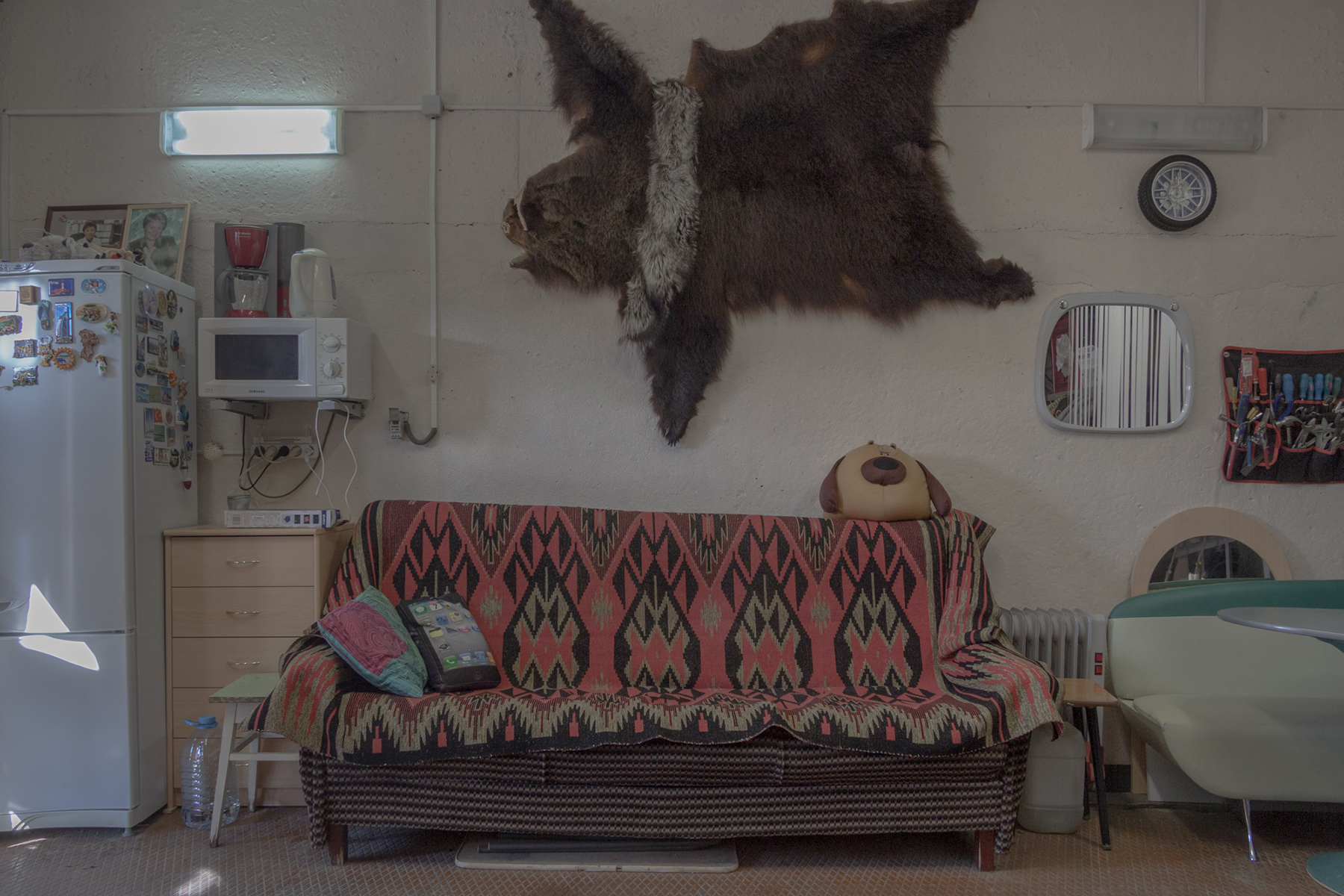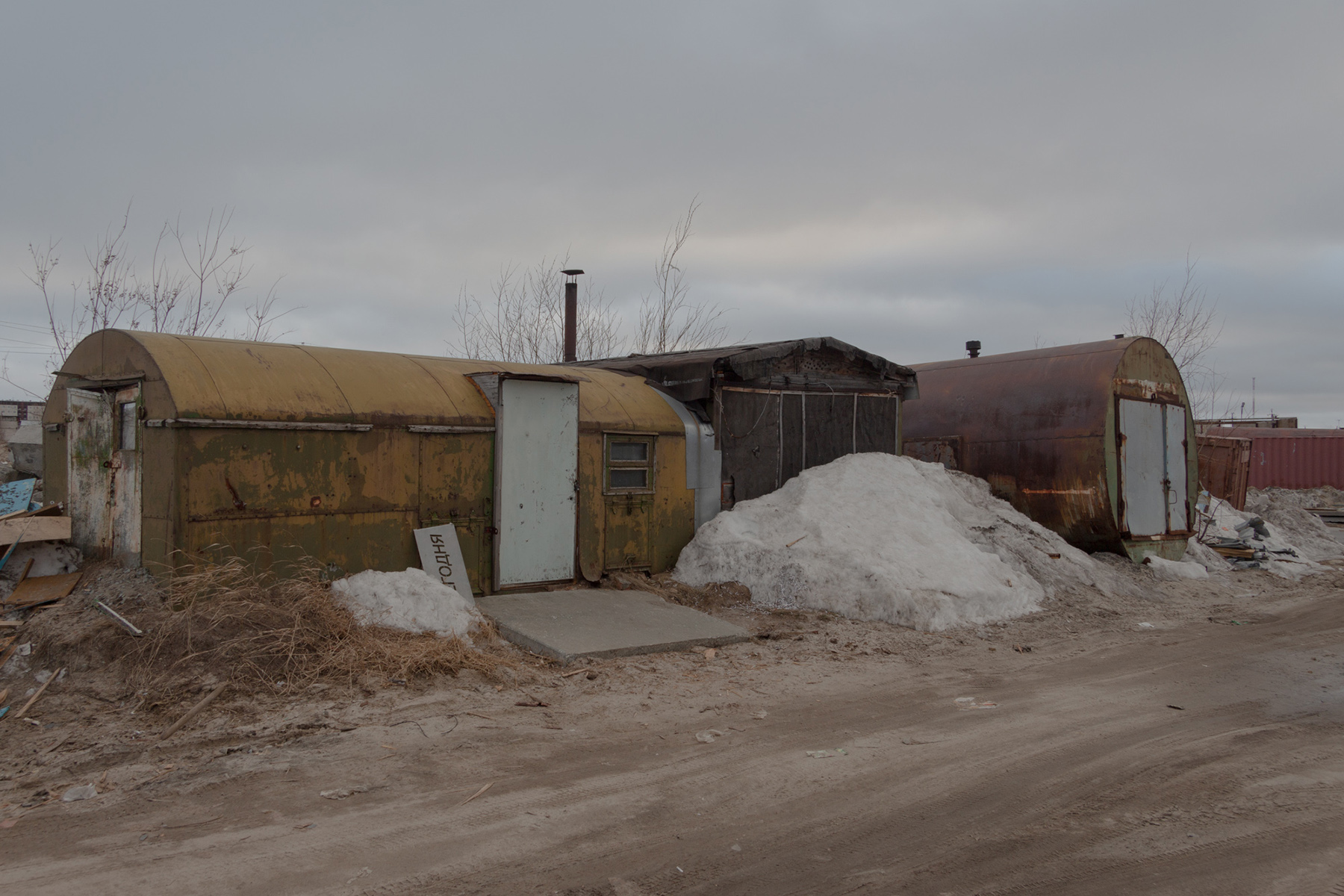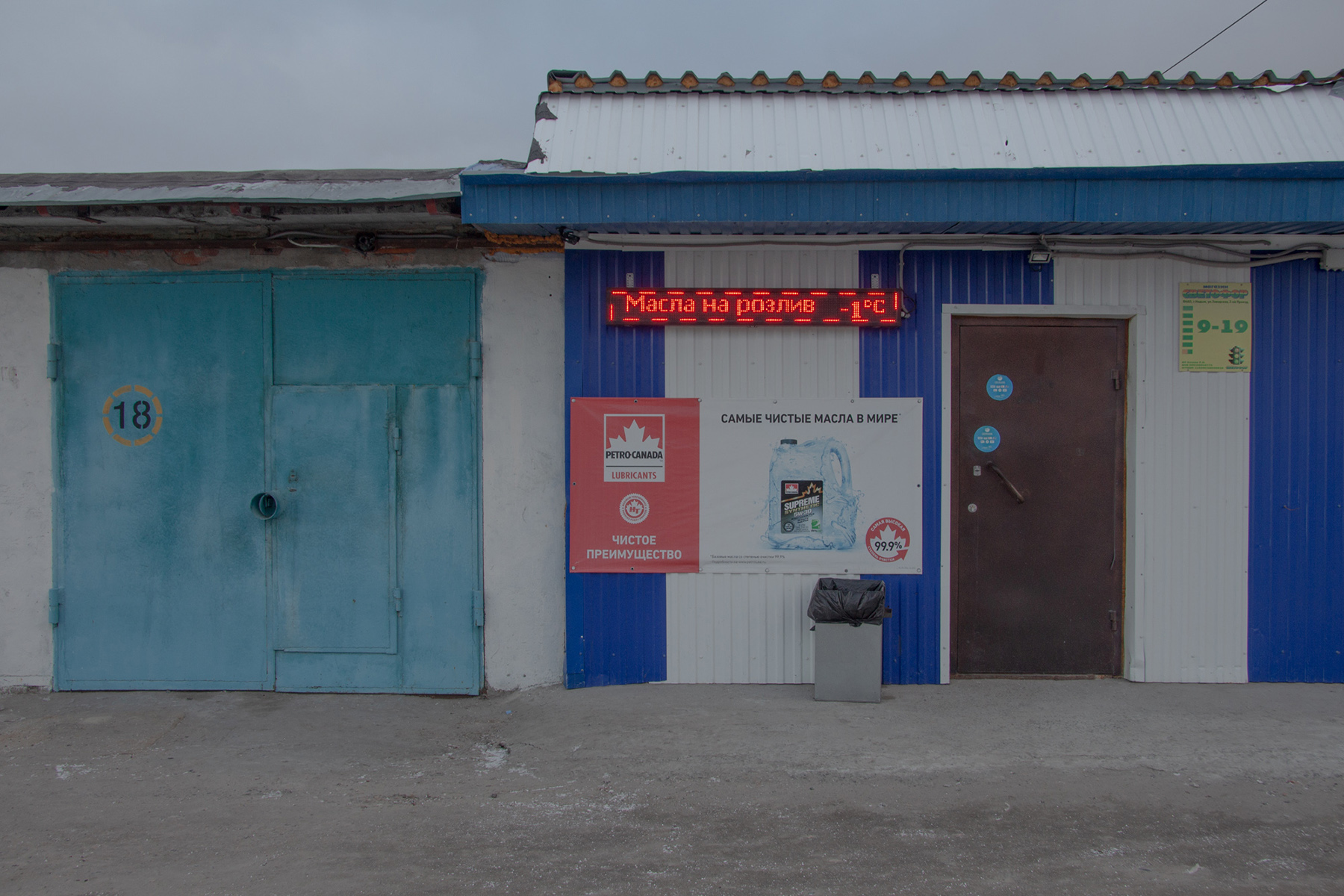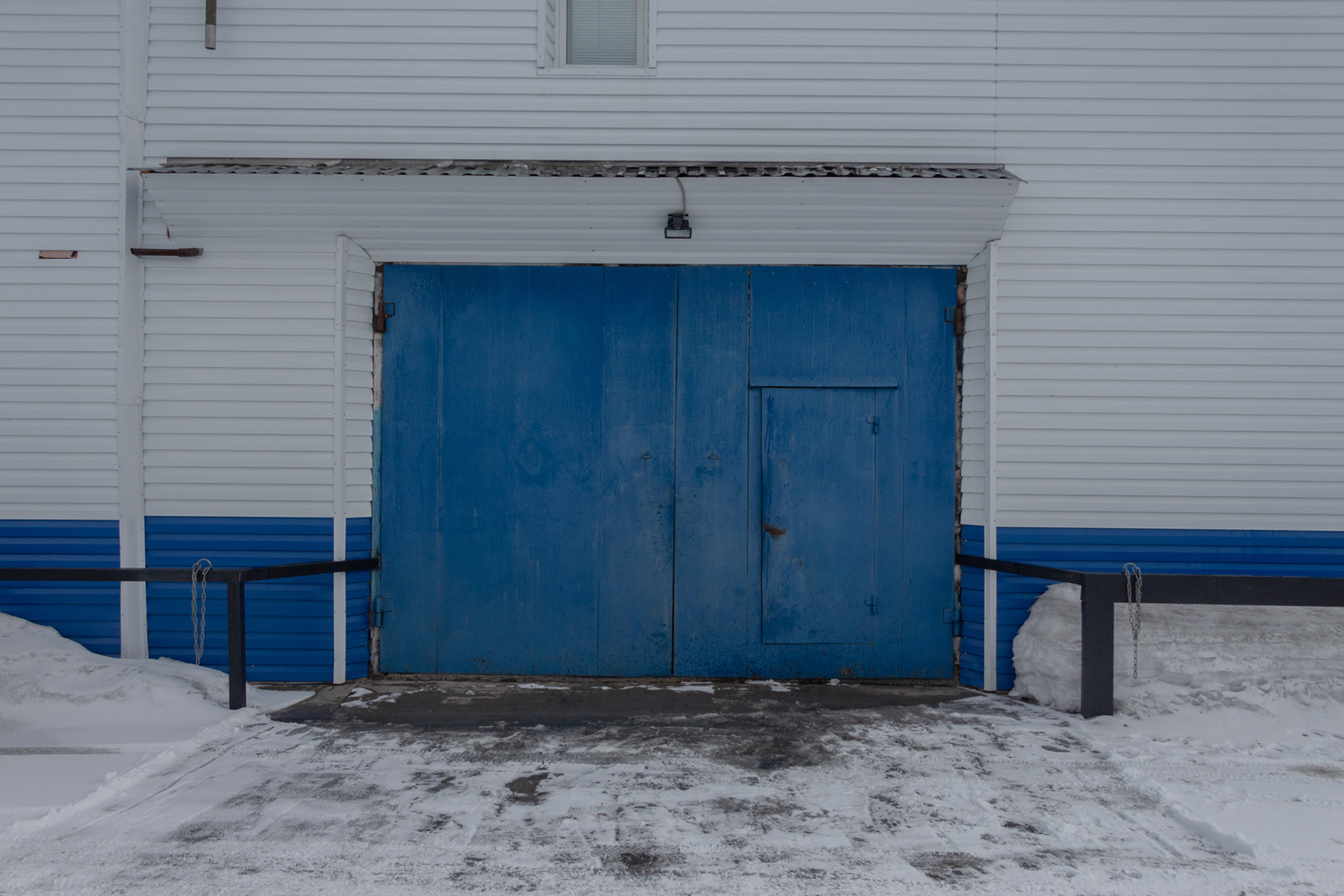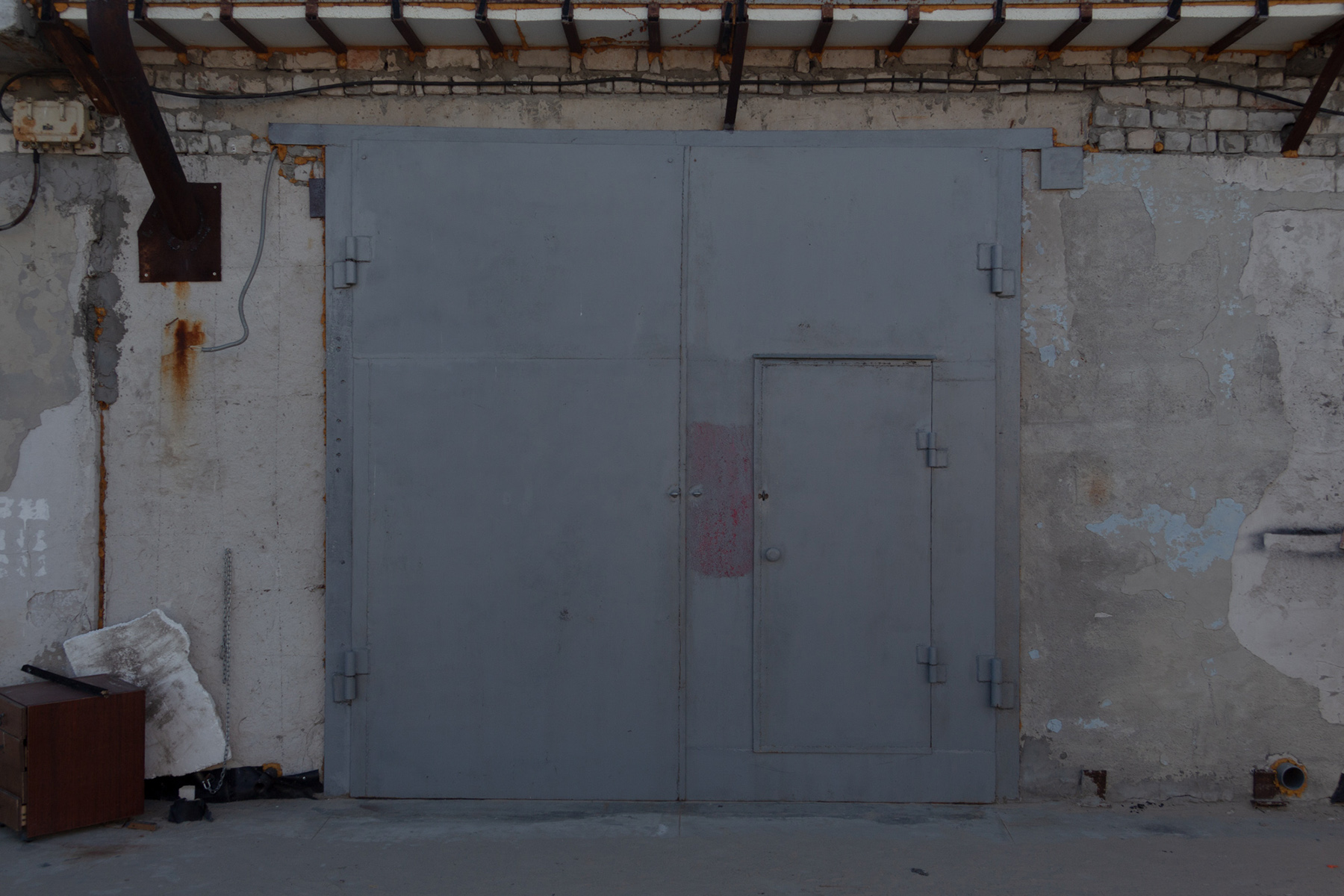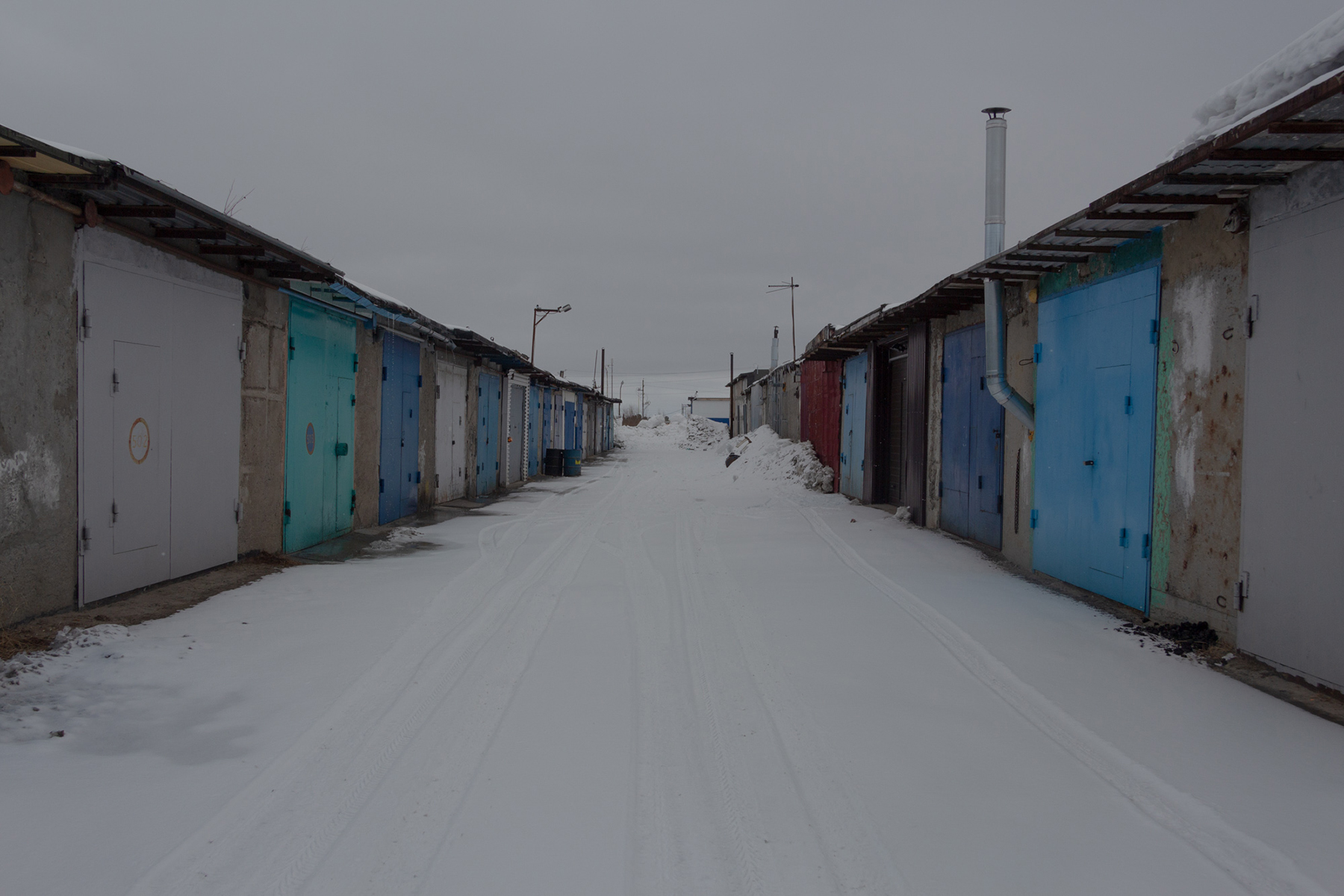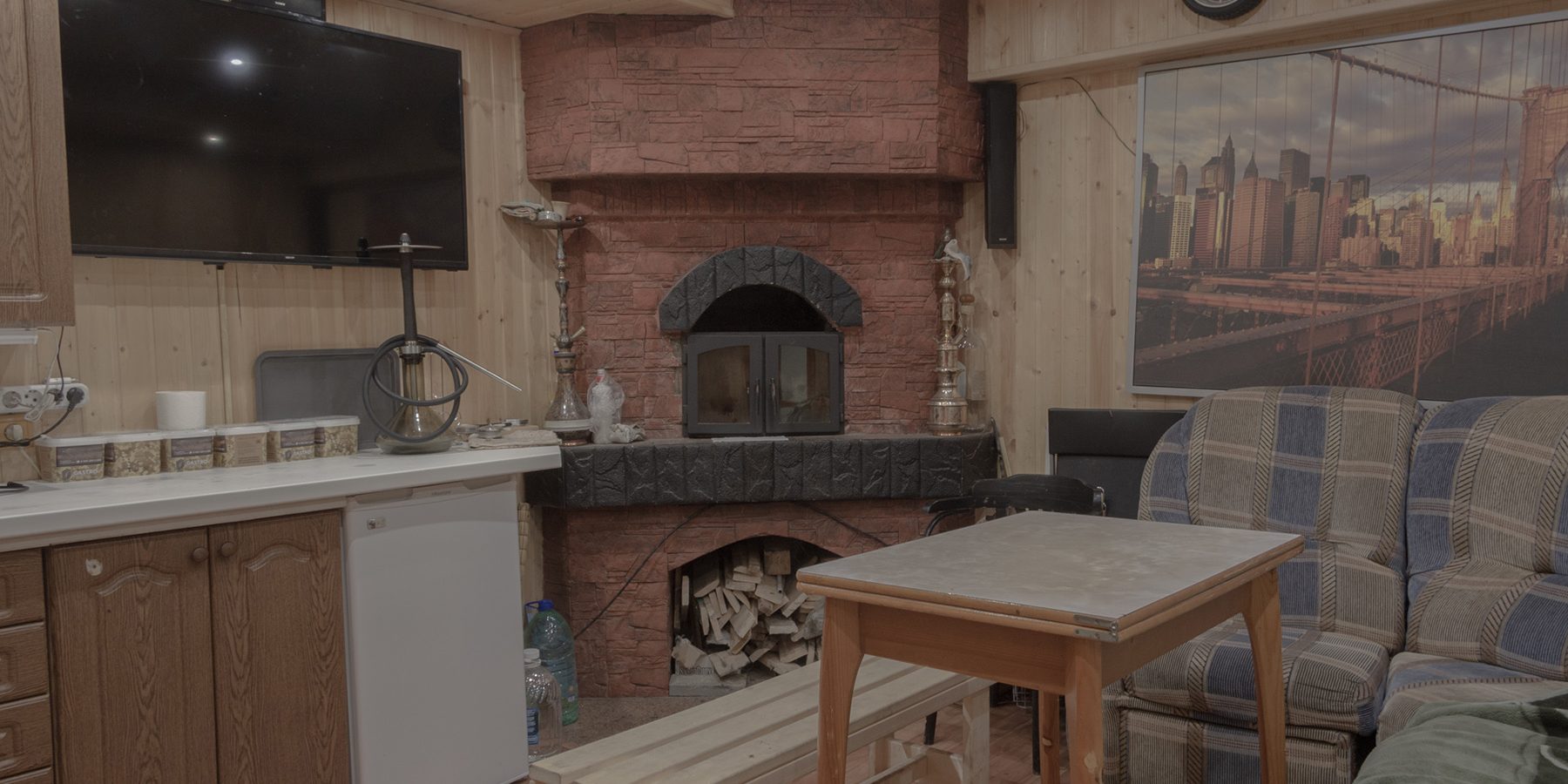
Great Houses: What Is Behind the Garage Door
The first garages appeared in the Soviet Union in the mid-1960s. They were especially relevant for the northern part of the country where between autumn and spring you constantly needed to clean snow from your car. Soon, in the 1970s, the active settlement of the North started — and in the newly built cities, garages became an inseparable part of the landscape.
There was little entertainment in the young northern cities and towns, and people looked for ways to spend their free time. At first, they started to allocate a small part of the garage for the workshop or a place to sit with friends; with time, for many owners storing cars became secondary. Sometimes, the car would get ousted from this space entirely.
Redesigning garages as a hobby still exists — it is an opportunity to take your mind away from your routine and create your own unique space. Some garage owners call them ‘dachas’, or summer houses where, instead of the vegetable patch, they have a concrete field for their creativity.

Documentary photographer. Lives in Istanbul. Student of the Docdocdoc contemporary photography school.
— I was looking for a theme for my graduation project at Docdocdoc school, and I wanted to do something about my native town, to tell a story about something special from our region. I come from the town of Nadym, which is located in the Yamalo-Nenets Autonomous Okrug of Russia. My parents have had a garage like this for their entire lives, we often celebrate different holidays there, and we can often just go there for no reason — grill some meat, change the scene. My parents now have a three-storey garage, 60 square meters each.
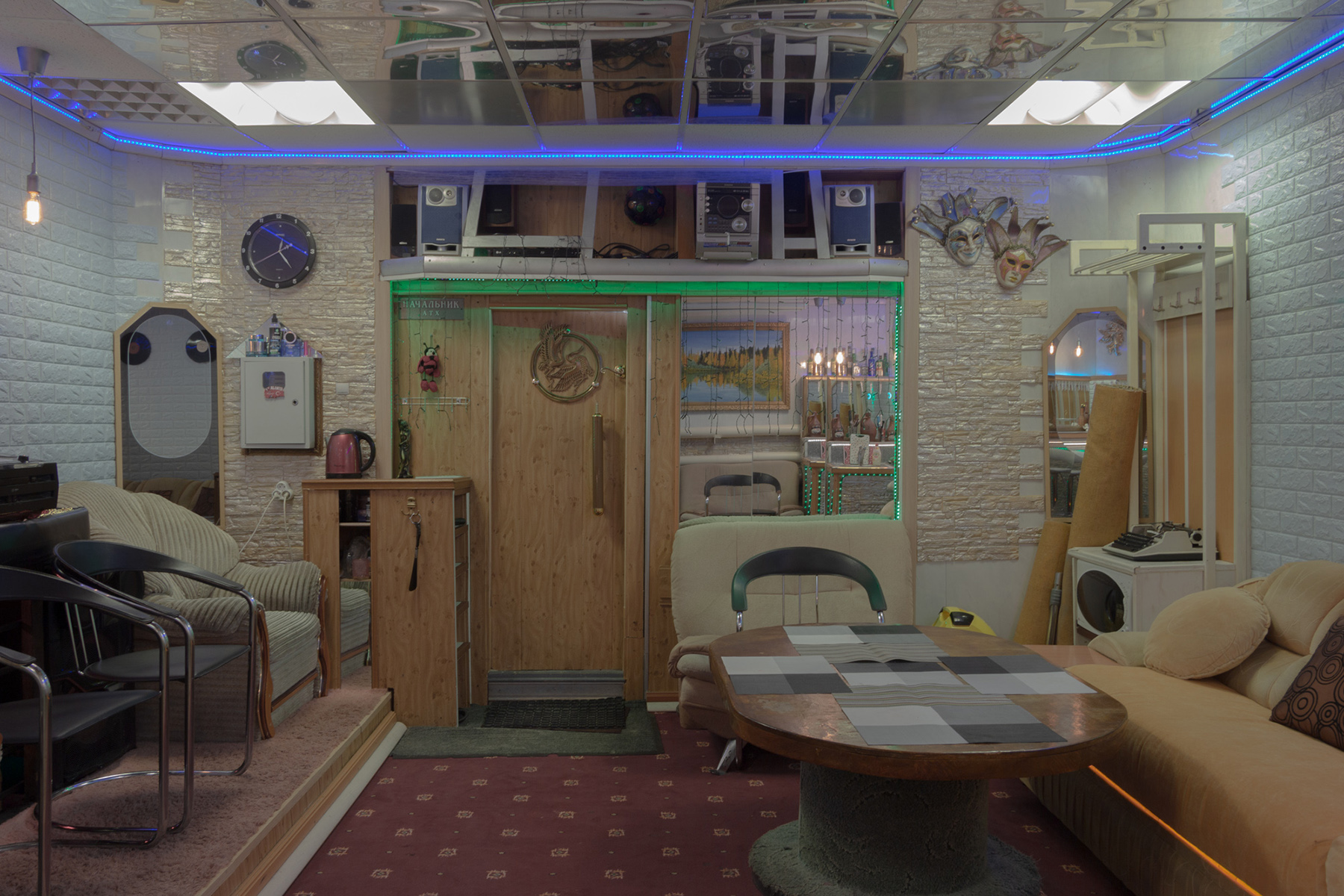
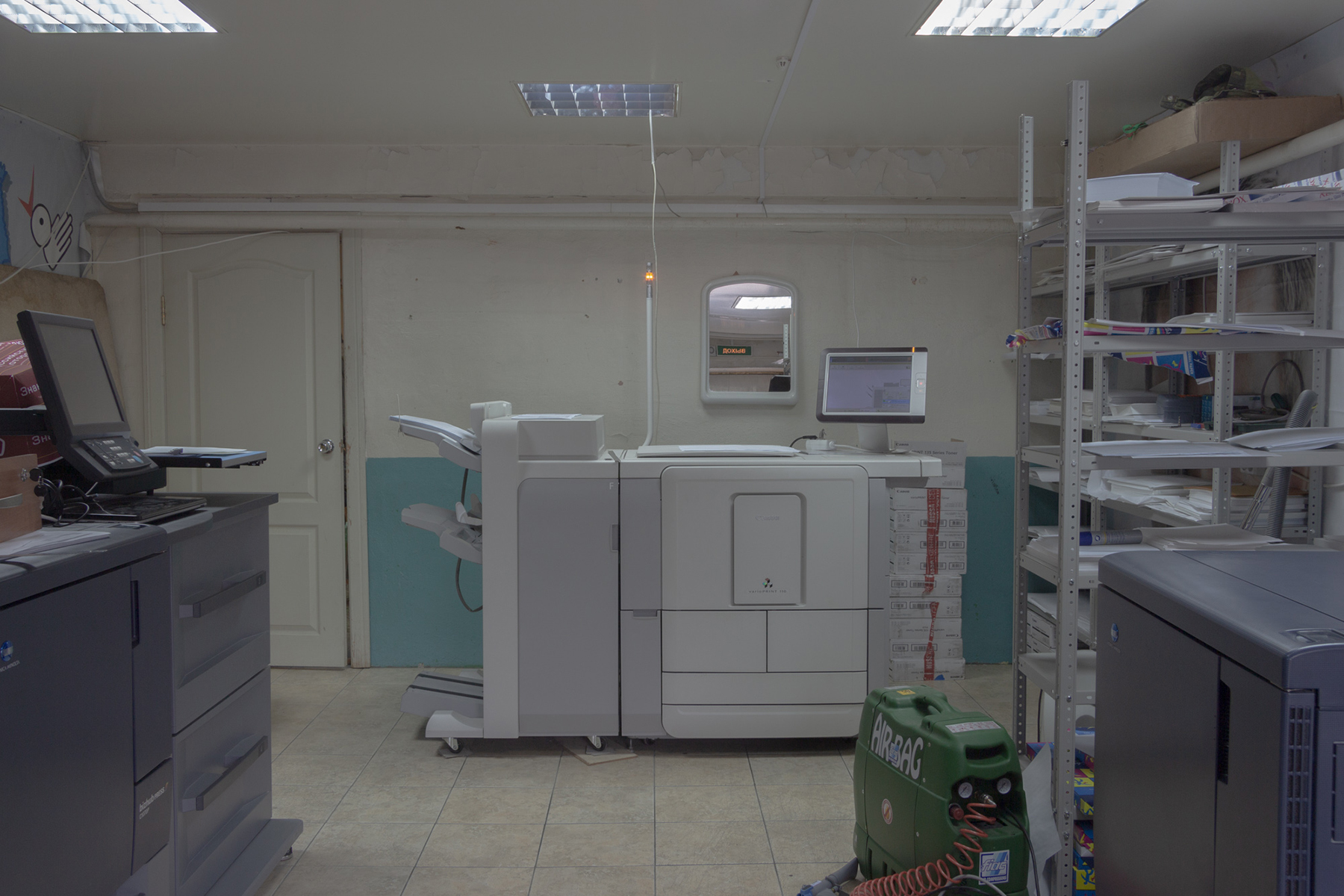
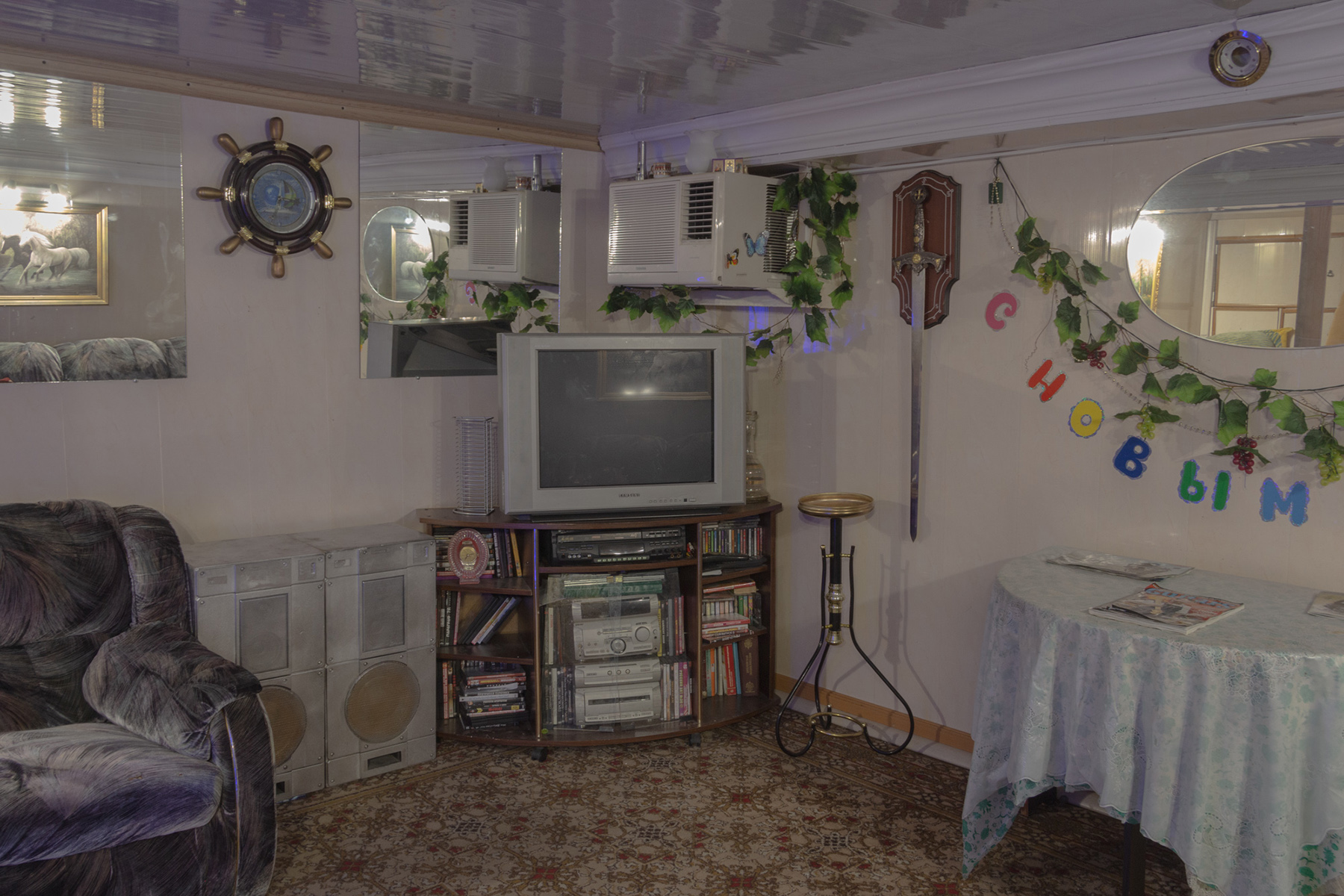
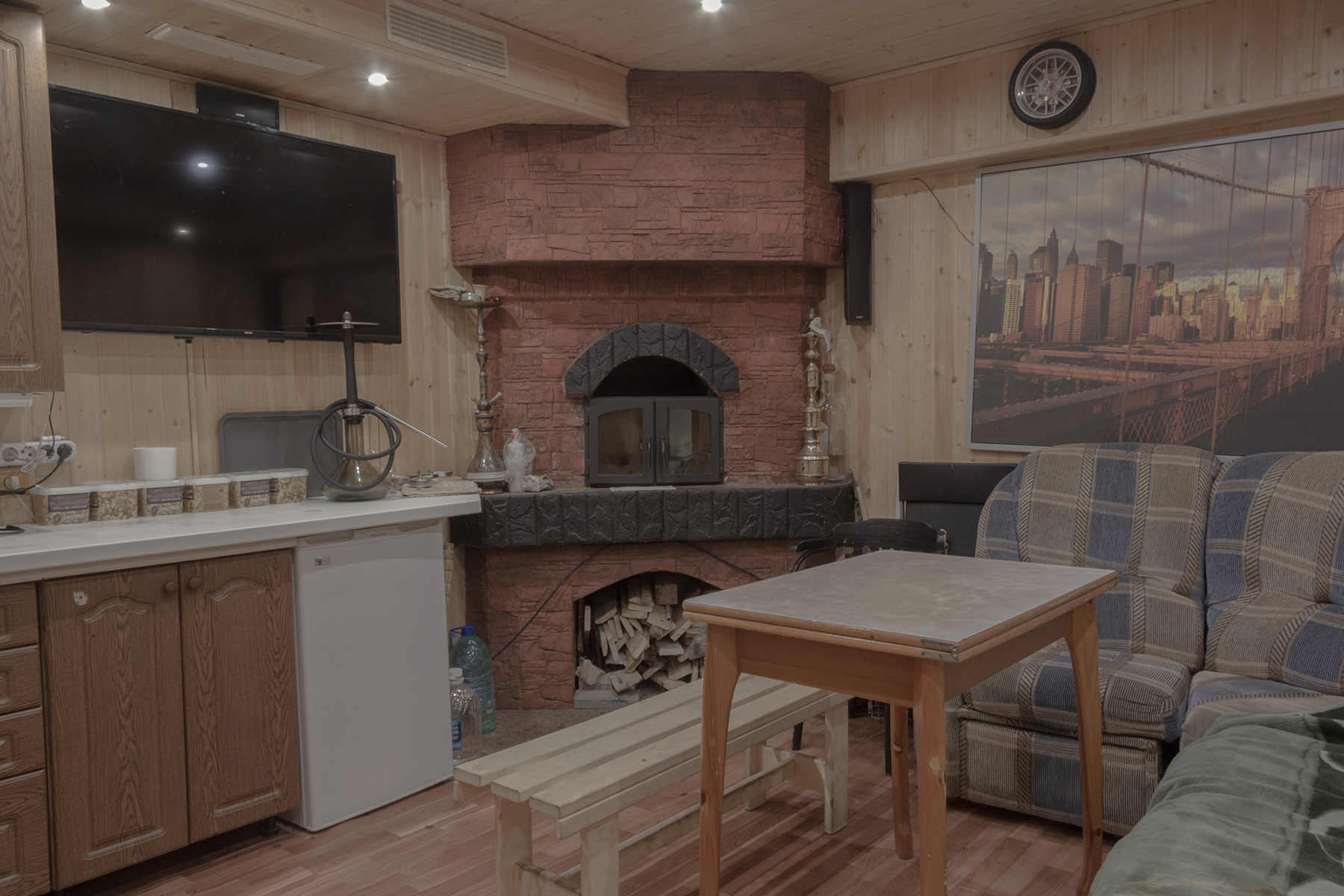
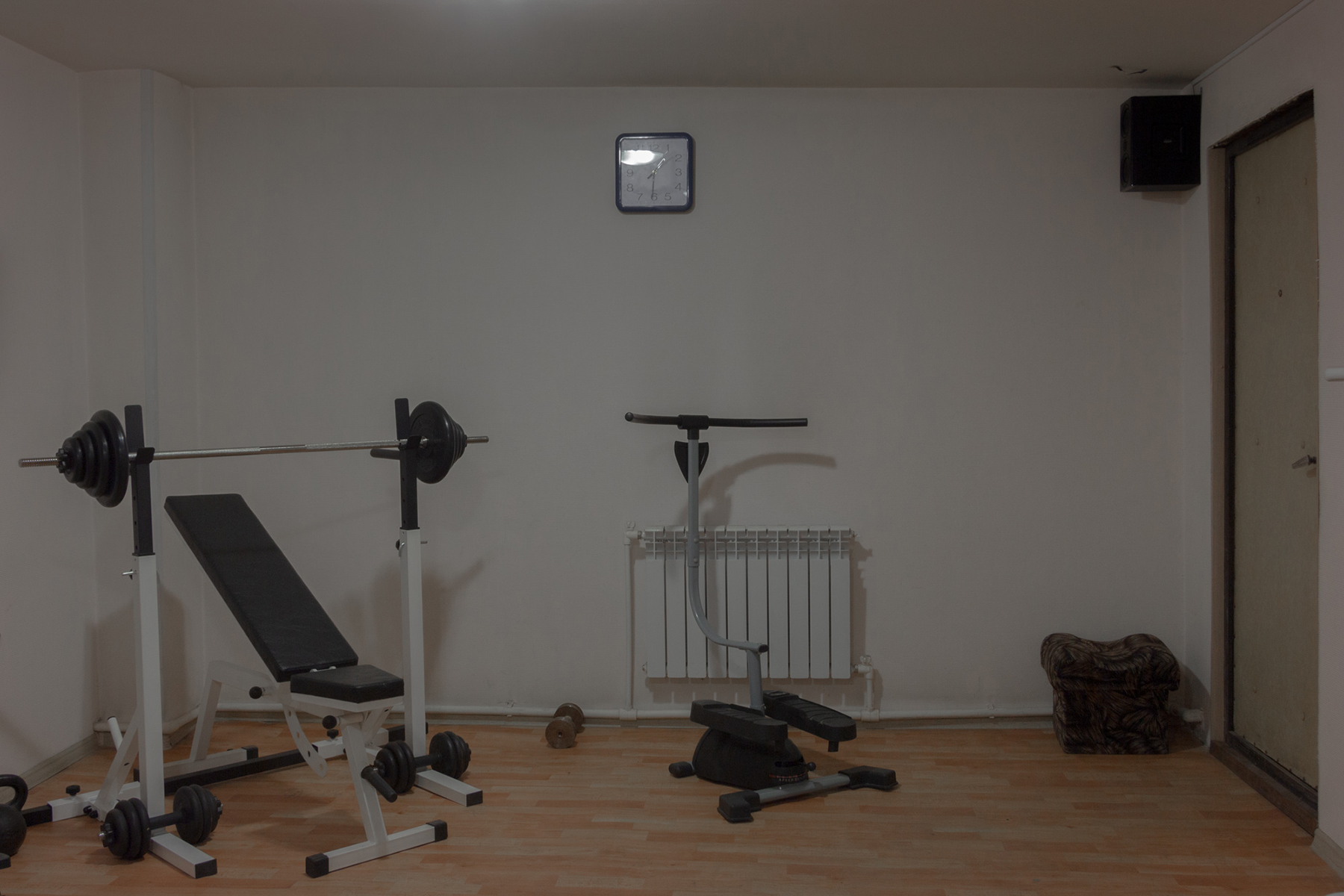
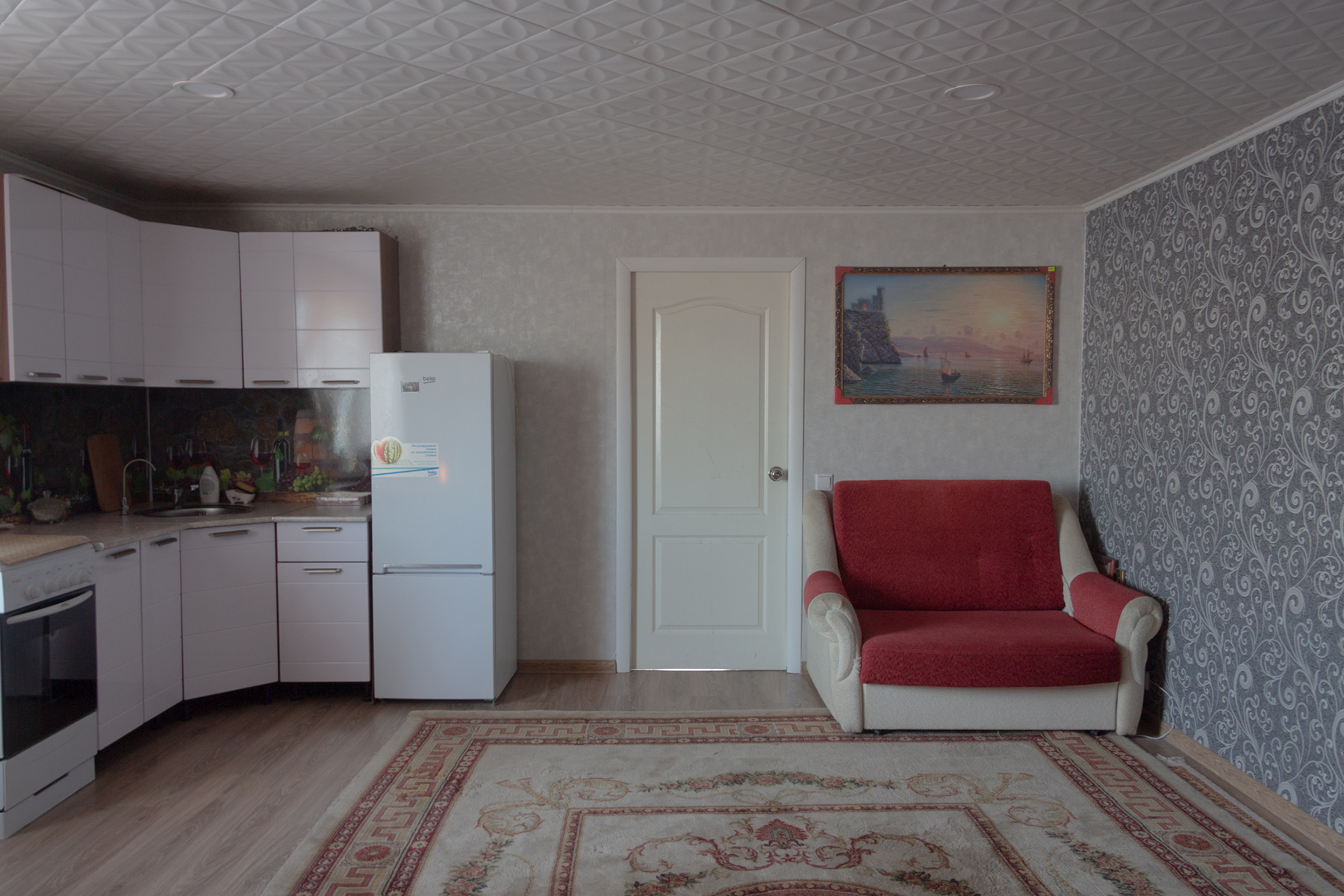
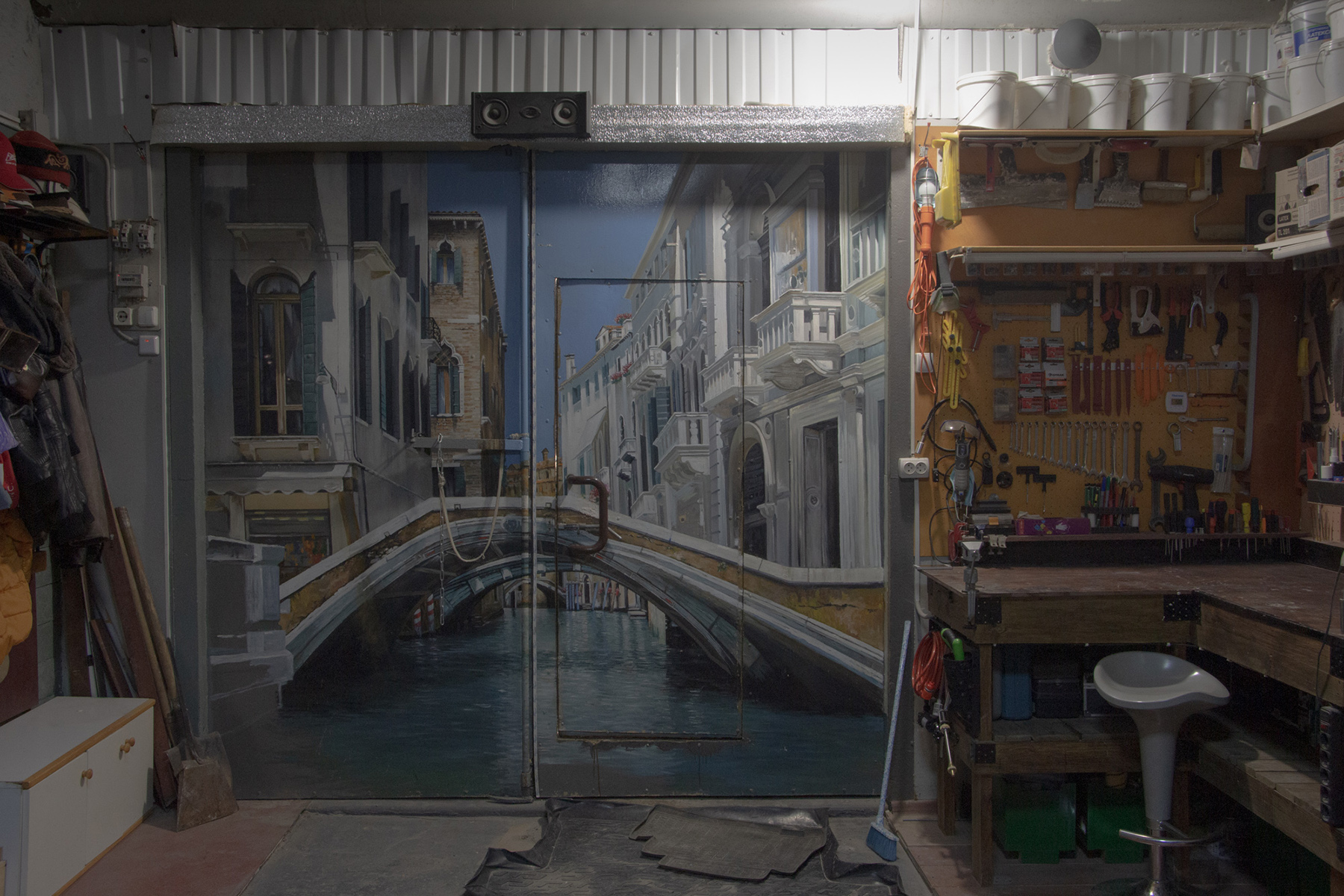
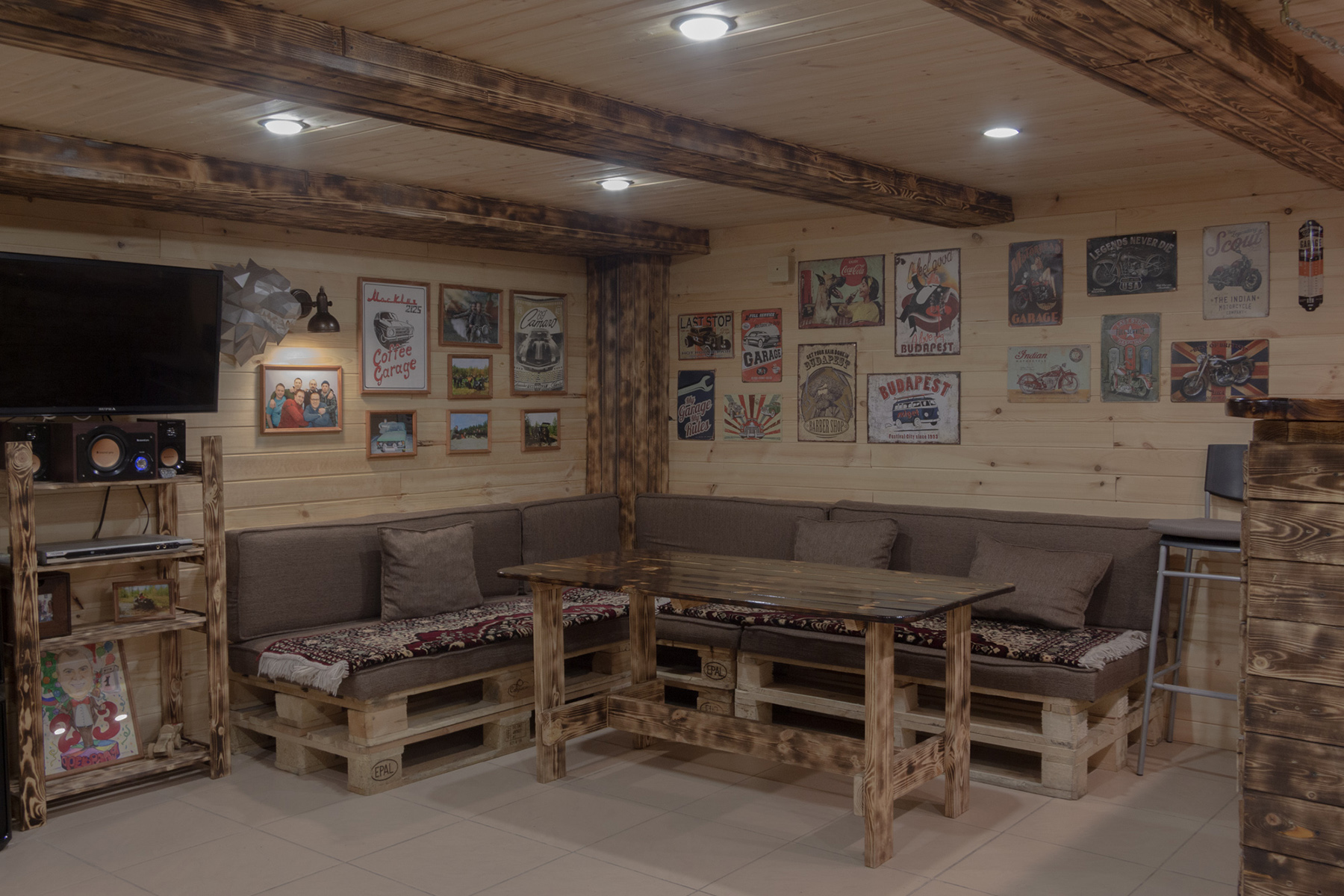
At the time of the shoot, I knew the owners of several garages: my parents, people they knew. Three years earlier, while still living in Nadym, I worked on local television — I went there and asked everyone I knew to ask people they knew. I posted advertisements on social networks, but I don’t remember if anyone answered there. In general, it was not very difficult to look for locations: the town is small, and a search on the friends of friends level works rather well.
I shot a total of 29 garages. Owners rarely refused, maybe three or four times. Once I approached people I didn’t know in the garage cooperative — there were many suspicious hints and a refusal. I realized that looking through somebody I knew was the most reliable method.
I think that about thirty or forty percent of garages are like that, but the trend is changing — people try to organize at least a corner for leisure even in the smallest garages. Recently, it has become a popular place to have a fireplace.
People try to organize at least a corner for leisure even in the smallest garages.
Almost everybody told me on the phone that they had nothing to shoot: that they had the most regular garage, just like everybody else. I explained that there wasn’t one like this one in all of Russia, that my friends from St. Petersburg are surprised about this trend and couldn’t believe it. The owners must have felt proud, because they agreed.
Originally, I also took portraits, but this was my first experience working with a human character, and I am not quite happy about the result. I also later thought that people don’t play the main role and may distract the viewer from the interior.
I remembered the garage of the lover of different kinds of backlighting, a pigeon house garage, an interior designer’s garage where everything is handmade. And a version with a stage for rehearsals: a very big two-storey garage where they are planning to add a six-by-six meter sauna.
Almost everybody told me on the phone that they had nothing to shoot: that they had the most regular garage, just like everybody else.
